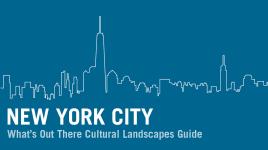Landscape Information
Located on land that was the site of a Revolutionary War battle, the 15-acre park was part of an estate belonging to Archibald Gracie. The land and Federal mansion sited on a promontory overlooking the river were acquired between 1876 and 1891 and established as East River Park. Its initial design, by Calvert Vaux and Samuel Parsons, Jr., included asymmetrical paths and naturalistic plantings which enhanced views of the river. Under the Robert Moses administration, Maud Sargent redesigned the park in 1939 to conceal the East River Drive underpass which was carved out below the property along the river. The once-steep drop from the mansion to the water was filled in with strategically-placed plantings and boulders to screen the road below. New park features were also added, including a mall, playground, stone perimeter walls and a stone bridge. A sunken plaza was designed as an entrance to the park and an extended promenade, designed by Harvey Stevenson, took advantage of unobstructed river views. In 1942 Gracie Mansion became the permanent home for the New York City mayor; the grounds surrounding it were enhanced with trees, shrubs and colorful perennial planting beds. Later additions to the park include a dog park, updated tennis courts and play areas, and a double fence around the mansion erected in the early 1980s. A statue of Peter Pan created by Charles Andrew Hafner in 1928 was installed in the plaza in 1999. The mansion was listed in the National Register of Historic Places in 1975.














